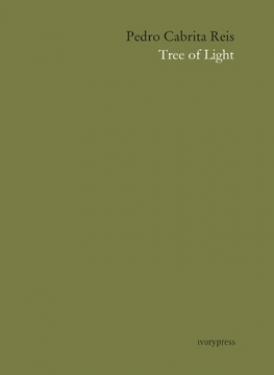Selections from the Private Collection of Robert Rauschenberg

Robert Rauschenberg was an American artist who came to prominence in the 1950s transition from Abstract Expressionism to Pop Art. Rauschenberg studied at the Kansas City Art Institute and the Académie Julian in Paris, France. In 1948 Rauschenberg and his wife Susan Weil decided to attend Black Mountain College in North Carolina, where he studied under Josef Albers. Rauschenberg is well-known for his “Combines” of the 1950s, in which non-traditional materials and objects were employed in innovative combinations. Rauschenberg’s approach was sometimes called “Neo-Dada.”
Rauschenberg’s oft-repeated quote that he wanted to work “in the gap between art and life” suggested a questioning of the distinction between art objects and everyday objects, reminiscent of the issues raised by the notorious “Fountain,” by Dada pioneer, Marcel Duchamp. While the Combines are both painting and sculpture, Rauschenberg also worked with photography, printmaking, papermaking, and performance. He was awarded the National Medal of Arts in 1993. He also won a Grammy Award for his album design of ‘Talking Heads’ album, Speaking in Tongues.
This exhibition catalogue doubles as an accompanying “reader,” expanding upon the show at Gagosian Gallery in New York. The book features works by over 65 artists, and each chapter features works in Rauschenberg’s collection by that artist, also featuring rare archival photographs. Artists within the collection include Joseph Beuys, Mathew Brady, Alexander Calder, Jim Dine, Brice Marden, Henri Matisse, Ed Ruscha. Extended excerpts and artist biographies by the celebrated writer Mimi Thompson complement illustrations of artworks and archival photographs, showing the influence of the artists work or friendships within Rauschenberg’s collection. Robert Storr writes an introduction focusing uniquely on Rauschenberg’s art community, and how these artists were influenced, influenced Rauschenberg, and influenced each other.
Out of stock
Out of stock





